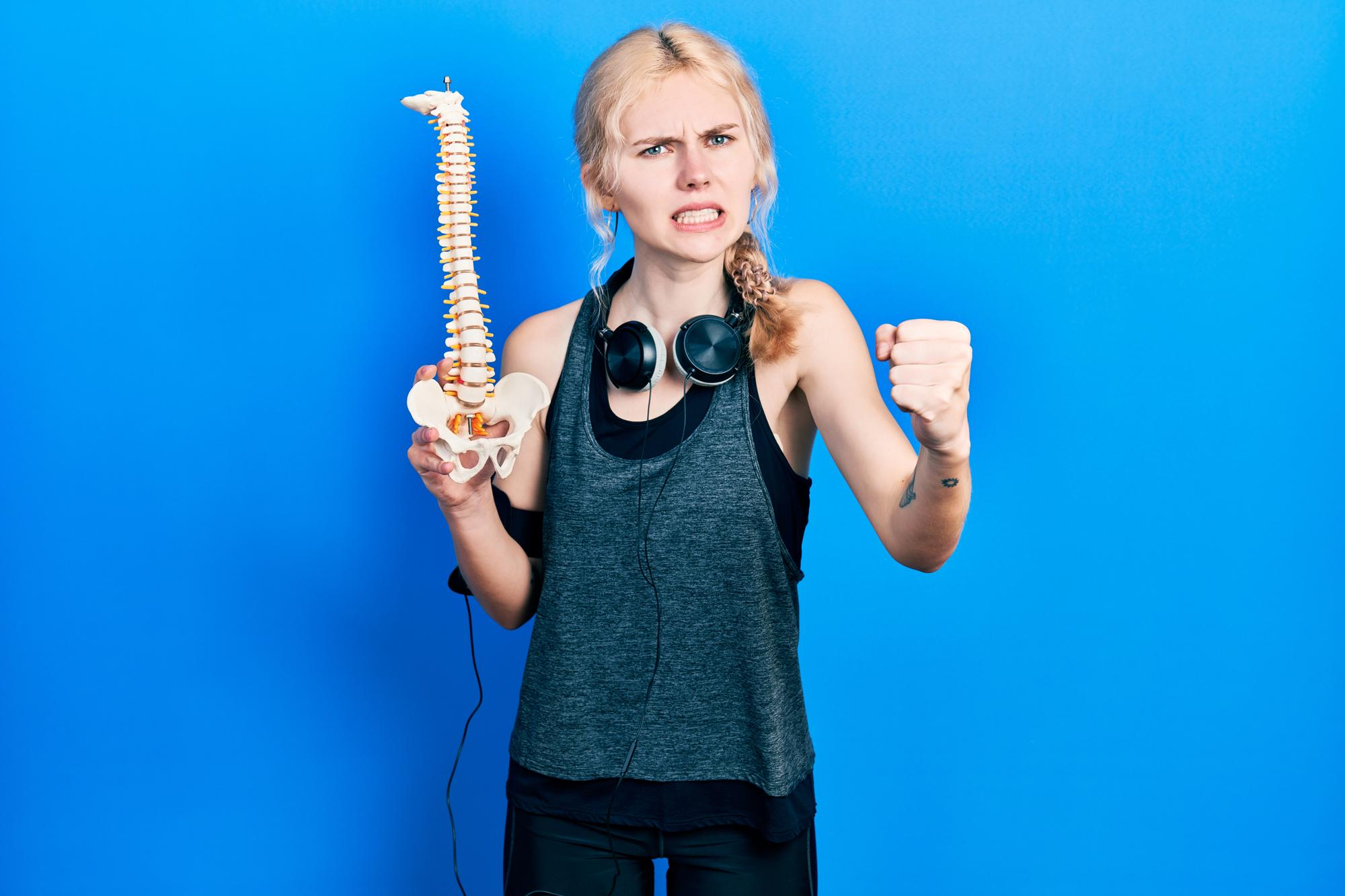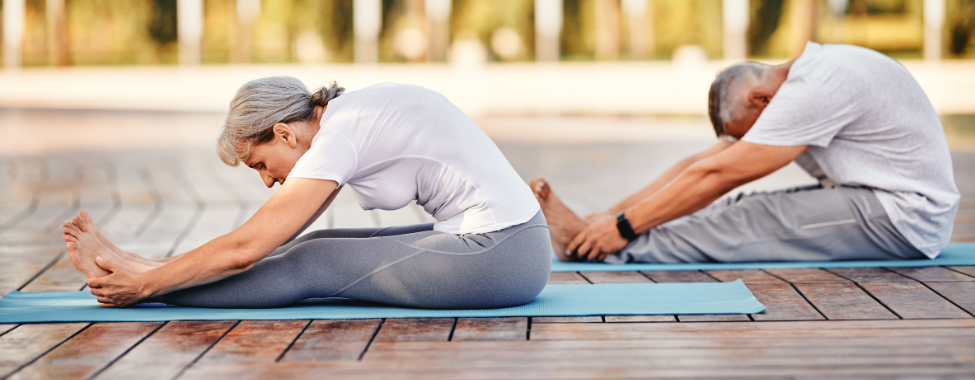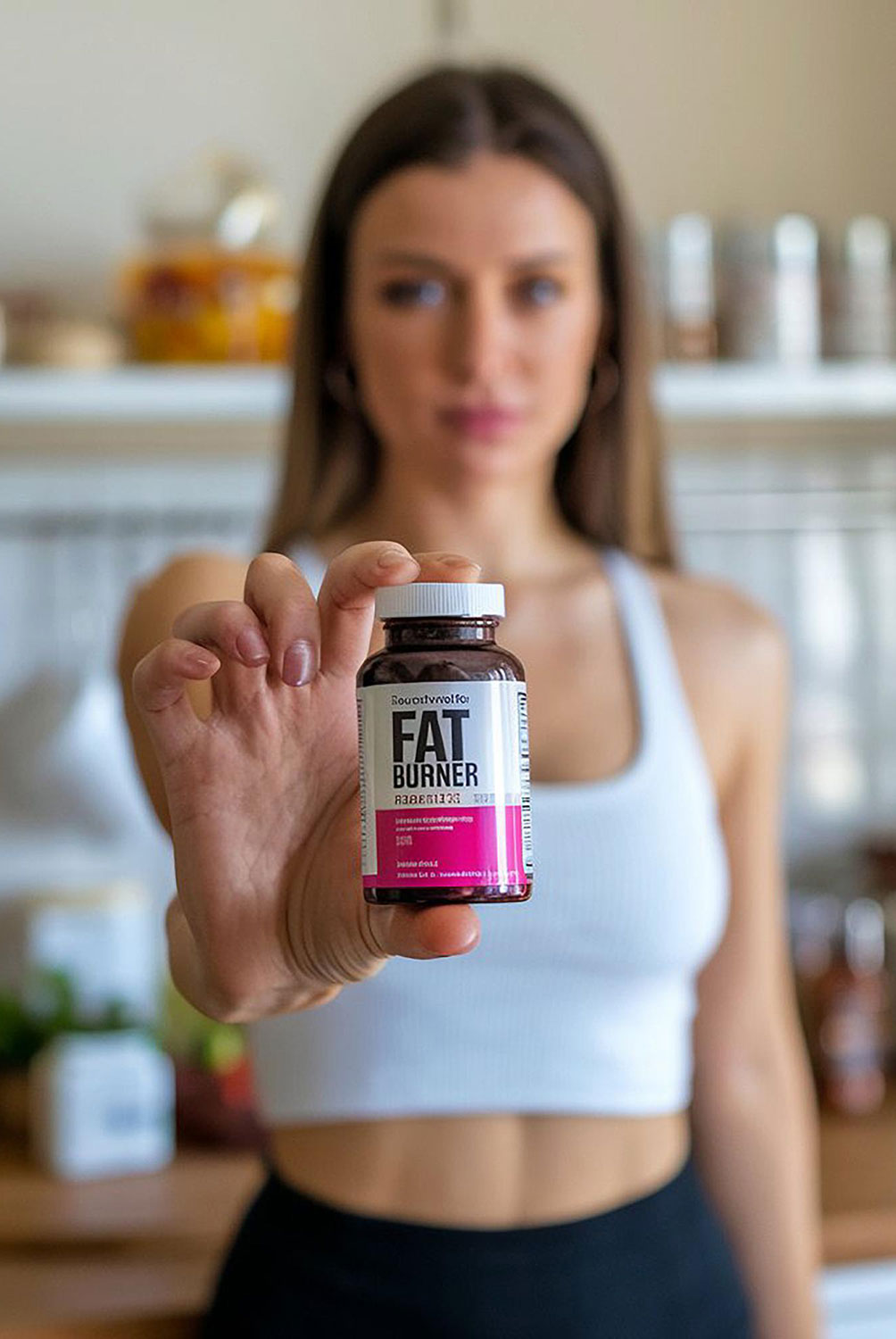Navigating Osteoporosis Symptoms: Empowering Your Bone Health

Our bones, the very framework that supports our existence, play an indispensable role in maintaining our health and mobility. Yet, these pillars of strength can weaken, leading to a silent but pervasive condition known as osteoporosis. This disease, particularly prevalent among postmenopausal women and older adults, diminishes bone density, rendering them susceptible to fractures. Recognizing osteoporosis symptoms and adopting preventive measures are fundamental steps in preserving bone health and enhancing life quality.
In this comprehensive guide, we delve into the warning signs of osteoporosis and explore effective strategies for prevention and management, introducing you to Luxelasho products that can accompany you on this journey.
Unraveling the Warning Signs of Osteoporosis Symptoms: A Deeper Dive

Osteoporosis, a silent adversary, often progresses undetected until a fracture occurs. However, your body sends subtle signals that, if recognized, can be pivotal in safeguarding your bone health. Understanding these warning signs is the first step towards proactive management.
- Persistent Bone or Joint Pain: The Subtle Ache:
- While occasional aches are common, persistent pain, particularly in weight-bearing areas like the lower back, hips, and knees, warrants attention. This pain isn’t just a passing discomfort; it’s often a sign of micro-fractures and reduced bone density.
- Practical Tip: Pay close attention to pain that worsens with activity or persists even at rest. Keep a pain journal to track patterns and discuss them with your doctor.
- Sudden and Recurrent Fractures: The Breaking Point:
- Fractures from minor falls or everyday activities (like lifting light objects or coughing) are red flags. These fragility fractures often occur in the wrist, spine, or hip.
- More information: These fractures happen because the bones have become so weak, that they can not withstand normal amounts of force.
- Loss of Height: The Shrinking Stature:
- A gradual decrease in height, often accompanied by changes in posture, is a telltale sign. Compression fractures in the spine cause vertebrae to collapse, leading to height reduction.
- Practical Tip: Measure your height annually, especially after age 50, to detect any significant changes.
- Spinal Curvature (Kyphosis): The Dowager’s Hump:
- Kyphosis, or an exaggerated rounding of the upper back, results from vertebral compression fractures. It can lead to chronic back pain and limited mobility.
- More information: This curvature can put pressure on internal organs, causing breathing and digestive issues.
- Diminished Hand and Muscle Strength: The Weakened Grip:
- Difficulty performing everyday tasks, such as opening jars or gripping objects, can indicate muscle weakness related to osteoporosis. This weakness stems from the disease’s impact on bone health and muscle function.
- Practical Tip: Regular strength training exercises can help maintain muscle mass and improve grip strength.
- Brittle Nails: The Mineral Deficiency Indicator:
- While not a definitive sign, brittle nails can suggest a deficiency in essential minerals like calcium and vitamin D, crucial for bone health.
- More information: Nails reflect overall health, so changes should not be ignored.
- Muscle Cramps: The Electrolyte Imbalance:
- Frequent muscle cramps, particularly at night, can be linked to imbalances in calcium, magnesium, and potassium, all vital for bone and muscle function.
- Practical Tip: Ensure adequate intake of these minerals through diet or supplements, as recommended by your doctor.
- Decreased Dental Density: The Oral Health Link:
- Weakening of the jawbone can cause tooth loss, gum recession, and difficulty chewing. Dental X-rays can sometimes reveal signs of bone loss.
- Practical Tip: Regular dental checkups are essential for detecting early signs of bone loss.
- Fatigue and General Weakness: The Underlying Exhaustion:
- Persistent fatigue and weakness can arise from the body’s struggle to compensate for weakened bones and related muscle weakness. This can significantly impact daily life.
- More information: Chronic pain related to Osteoporosis can also lead to sleep distrubances, which also adds to fatigue.
By being vigilant and recognizing these warning signs, you can take proactive steps to protect your bone health and maintain an active, fulfilling lifestyle.

Fortifying Your Bones: Comprehensive Prevention and Management Strategies
Maintaining strong, healthy bones is a lifelong endeavor. By adopting a holistic approach that combines proper nutrition, regular exercise, healthy lifestyle choices, and professional guidance, you can significantly reduce your risk of osteoporosis and enhance your overall well being.
- Nutrient-Rich Diet: Building Blocks for Bone Strength:
- Calcium: This mineral is the cornerstone of bone health. Aim for 1000-1200 mg daily. Excellent sources include dairy products (milk, yogurt, cheese), leafy green vegetables (kale, spinach), fortified foods, and almonds.
- Vitamin D: Essential for calcium absorption. Aim for 600-800 IU daily. Sources include fatty fish (salmon, mackerel), egg yolks, fortified foods, and sunlight exposure (10-15 minutes daily).
- Protein: Crucial for bone matrix formation. Include lean meats, poultry, fish, eggs, legumes, and nuts in your diet.
- Magnesium: Plays a role in bone formation and calcium regulation. Sources include whole grains, nuts, seeds, and leafy greens.
- Zinc: Supports bone tissue growth and repair. Sources include red meat, poultry, beans, and nuts.
- Vitamin K: Important for bone mineralization. Sources include leafy greens, broccoli, and Brussels sprouts.
- Practical Tip: Create a balanced meal plan that incorporates these nutrients. Consider consulting a registered dietitian for personalized advice.
- Regular Exercise: Weight-Bearing and Strength Training:
- Weight-Bearing Exercises: These exercises work against gravity, stimulating bone formation. Examples include walking, jogging, hiking, dancing, and stair climbing.
- Strength Training: Builds muscle mass and strengthens bones. Use free weights, resistance bands, or bodyweight exercises.
- Balance Exercises: Essential for preventing falls, a major risk factor for fractures. Tai chi and yoga can improve balance and coordination.
- Practical Tip: Aim for at least 30 minutes of moderate-intensity exercise most days of the week. Incorporate a variety of exercises to target different muscle groups and bone areas.
- Healthy Lifestyle Choices: Minimizing Risk Factors:
- Quit Smoking: Smoking significantly reduces bone density and increases fracture risk.
- Limit Alcohol Consumption: Excessive alcohol intake interferes with calcium absorption and bone formation.
- Maintain a Healthy Weight: Both underweight and overweight can increase osteoporosis risk.
- Reduce Sodium Intake: High sodium intake can lead to calcium loss.
- Practical Tip: Adopt a holistic approach to wellness, prioritizing sleep, stress management, and overall health.
- Medical Consultation and Supplementation: Personalized Guidance:
- Bone Density Testing (DEXA Scan): Recommended for women over 65 and men over 70, or earlier if you have risk factors.
- Supplementation: Your doctor may recommend calcium and vitamin D supplements if you’re not getting enough from your diet.
- Medications: Several medications are available to treat osteoporosis, including bisphosphonates, denosumab, and teriparatide.
- Practical Tip: Discuss your risk factors and concerns with your doctor. They can provide personalized recommendations and monitor your bone health.
- Family History: If you have a family history of osteoporosis, inform your doctor. This is a major risk factor.
By implementing these strategies, you can take proactive steps to protect your bones and enjoy a healthy, active life.
Luxelasho’s Arsenal for Bone Fortification:
Luxelasho offers a range of high-quality products to support your bone health and combat osteoporosis:
- Calcium and Vitamin D Supplement: This dynamic duo provides the essential building blocks for strong bones.
- Magnesium and Zinc Supplement: Enhance calcium absorption and fortify bone tissue with this potent combination.
- Protein Supplement: Fuel bone regeneration and strength with this vital nutrient.

Exploring Leading International Brands in Bone Health Supplementation
When it comes to supporting bone health, several reputable international brands have emerged as pioneers, offering a wide array of supplements designed to meet diverse needs. Here’s a closer look at some of the top contenders:
- Nature Made: A Legacy of Trust and Quality:
- Nature Made, a well established American brand, has earned a reputation for its commitment to scientific research and rigorous quality standards.
- They offer a comprehensive range of bone health supplements, including calcium, vitamin D, and combination formulas, catering to various age groups and health requirements.
- Their products are often recommended by healthcare professionals, reflecting their dedication to providing reliable and effective solutions.
- They are known for their strict adherence to Good Manufacturing Practices (GMP) and their products are often USP verified.
- Garden of Life: Embracing Organic and Natural Wellness:
- For health-conscious consumers seeking natural and organic options, Garden of Life stands out.
- Their bone health supplements are formulated with whole food ingredients, emphasizing the importance of nutrient synergy and bioavailability.
- They prioritize sustainable sourcing and environmentally friendly practices, appealing to those who value both personal and planetary health.
- They offer vegan and gluten free options.
- NOW Foods: Affordable Excellence for Everyday Bone Support:
- NOW Foods has gained popularity for its commitment to providing high-quality supplements at accessible prices.
- Their bone health product line includes a variety of options, from basic calcium and vitamin D supplements to more specialized formulas.
- They emphasize transparency and quality control, ensuring that consumers receive reliable and effective products without breaking the bank.
- They have a large selection of products, and are easily found in many retail locations.
These brands represent a spectrum of approaches to bone health supplementation, allowing individuals to choose products that align with their specific needs and preferences. When selecting a supplement, it’s always advisable to consult with a healthcare professional to determine the most appropriate option for your individual circumstances.
Frequently Asked Questions:
- Can osteoporosis be reversed?
- While not entirely reversible, osteoporosis progression can be slowed, and fracture risk reduced through proper management.
- Which foods promote bone health?
- Dairy, leafy greens, fatty fish, and nuts are excellent sources of bone-strengthening nutrients.
- What exercises strengthen bones?
- Weight-bearing exercises like walking, jogging, and strength training are highly effective.











